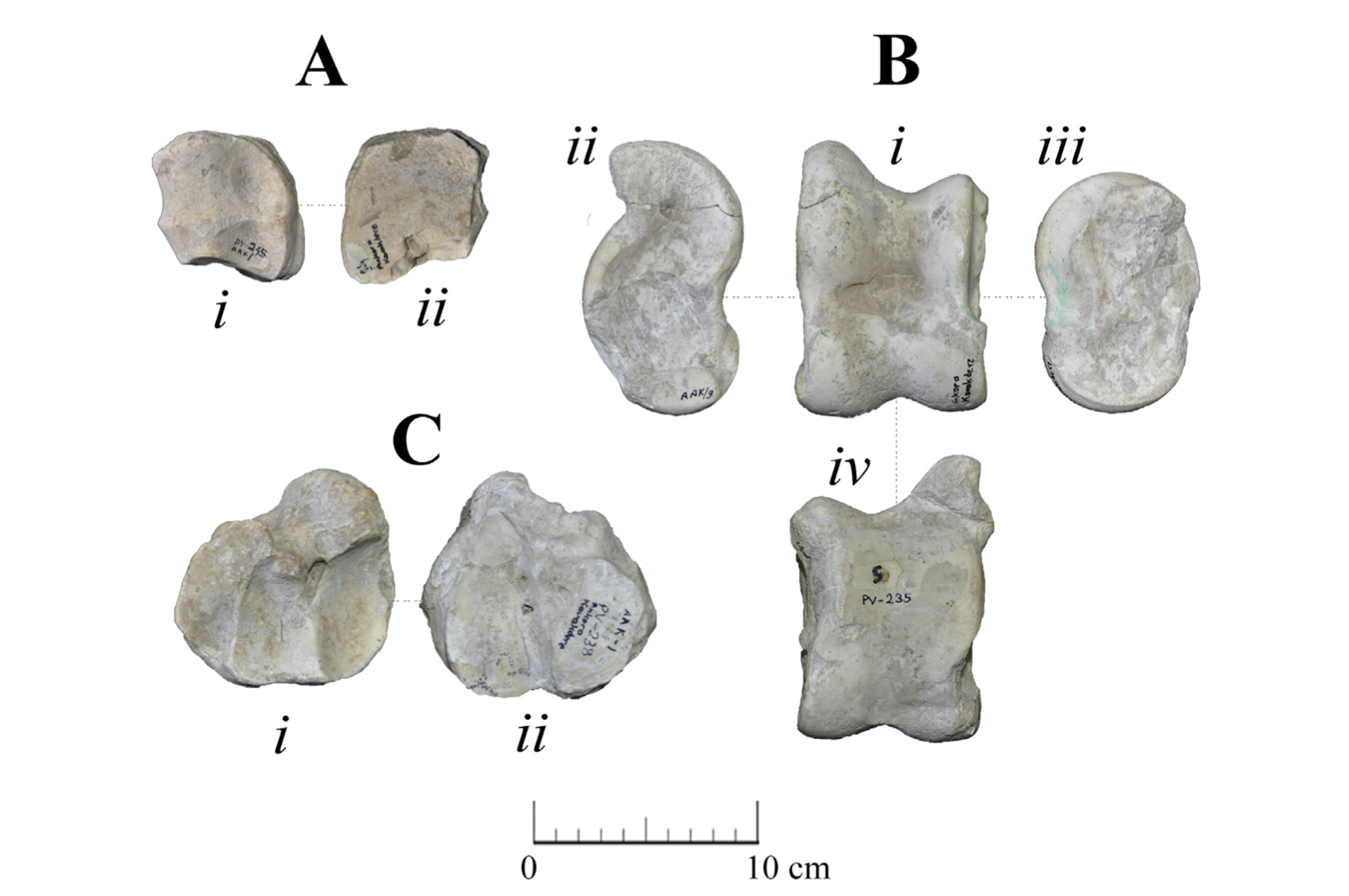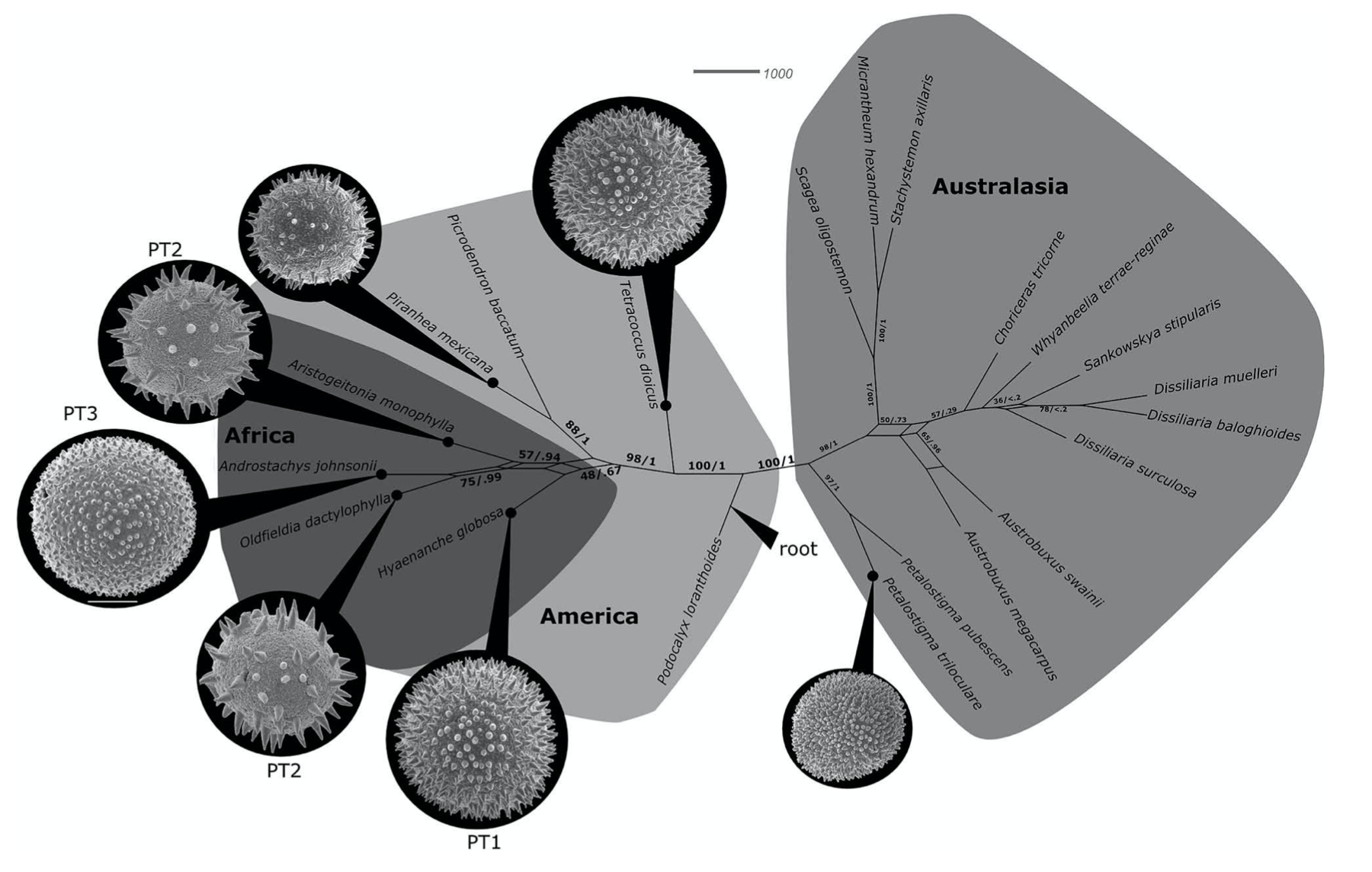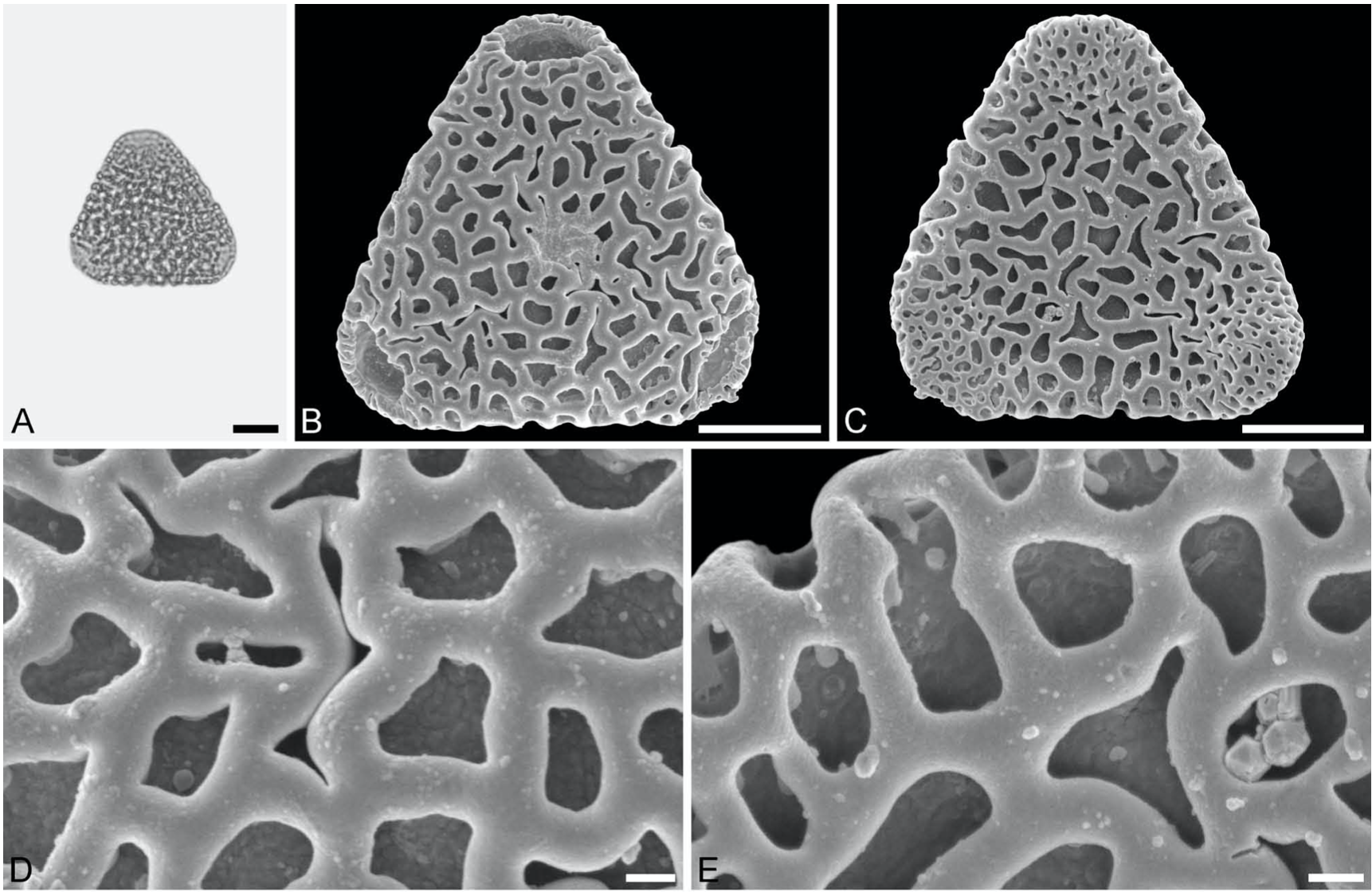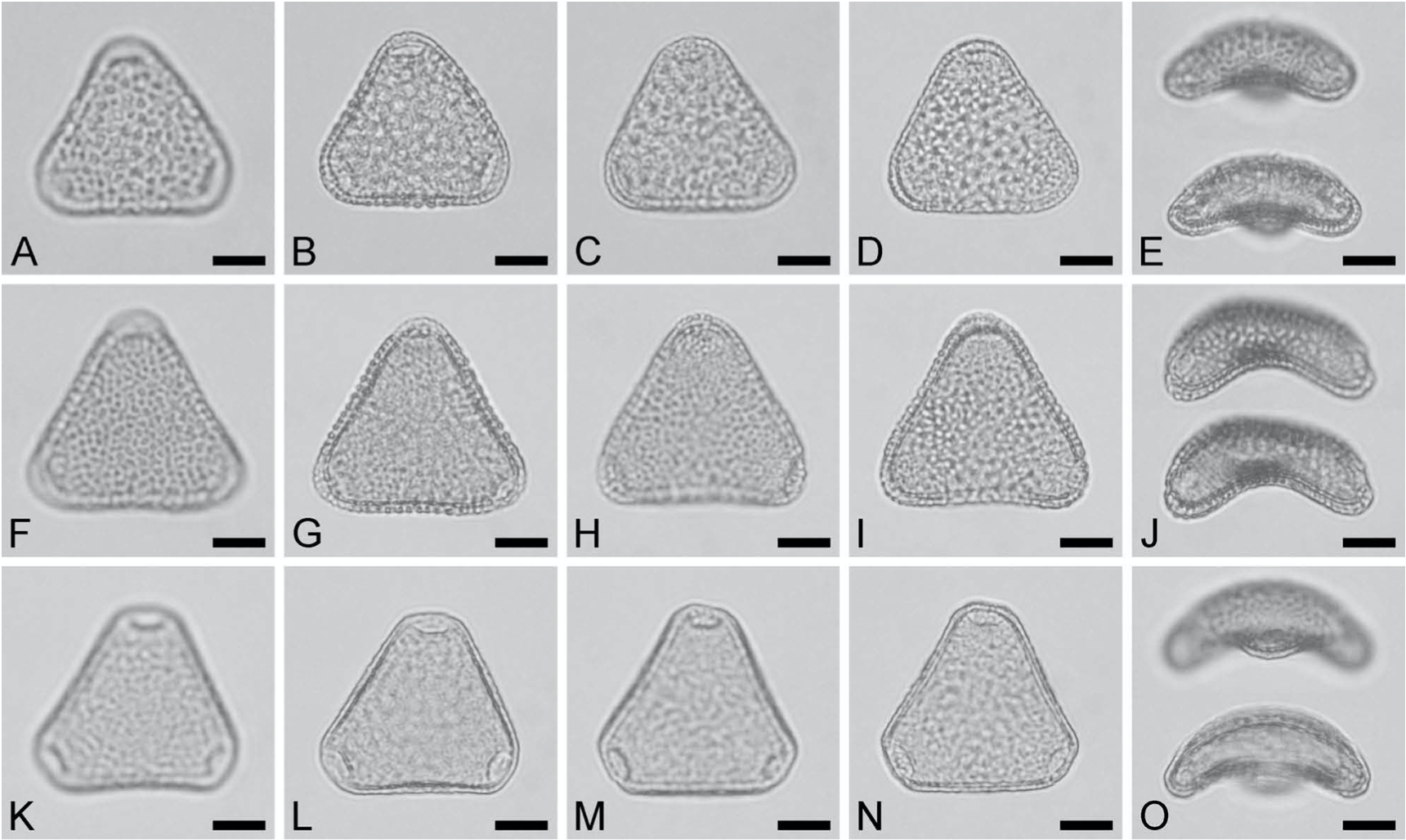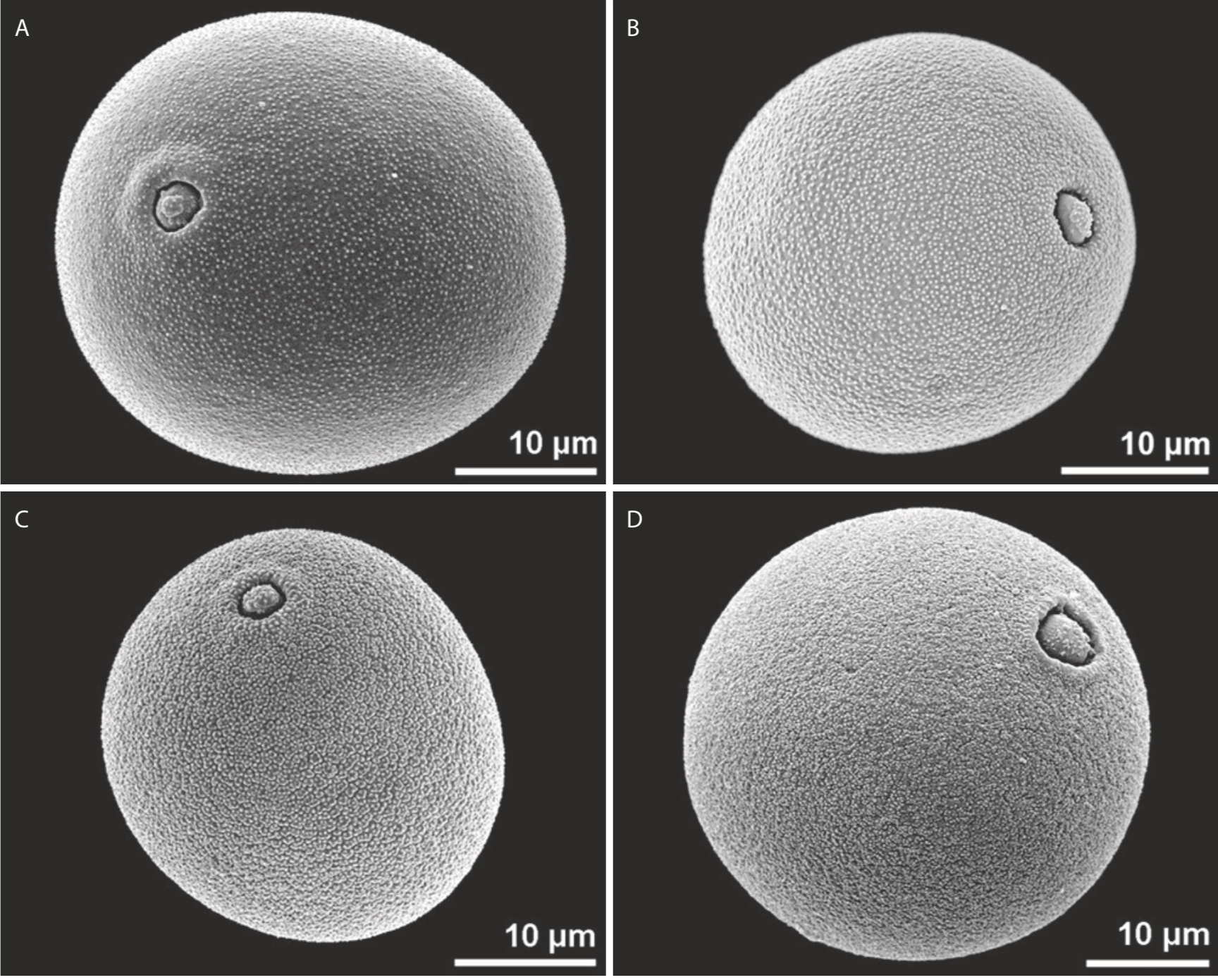Authors: Thomas Denk, Friðgeir Grímsson, Reinhard Zetter, Leifur A. Símonarson
A thick sequence of fossiliferous sediments on the Tjörnes Peninsula in northern Iceland records the vegetation, faunal and climatic histories of the northern North Atlantic region during the Mid-Pliocene Climatic Optimum. The Tjörnes beds are divided into three biozones, the Tapes Zone (ca 4.4–4 Ma), the Mactra Zone (4–3.6 Ma), and the Serripes Zone (3.6–2.6 Ma). The marine faunal assemblages in the Tapes and Mactra Zones are mainly boreal, but during deposition of the Serripes Zone, the fauna became greatly diversified with immigration of North Pacific molluscan species. These reached the North Atlantic at ca 3.6 Ma migrating through the Bering Strait and coeval with the final closure of the Central American Seaway. The closure changed partly the ocean current systems and induced a flow of surface water from the Pacific through the Bering Strait and into the Arctic Ocean and brought a tide of Pacific marine invertebrates into the North Atlantic. Plant fossils recovered from the Tjörnes beds originate from three localities. Sediments exposed at the Egilsgjóta (4.3–4.2 Ma) and Reká (4.2–4.0 Ma) localities are part of the Tapes Zone while those from Skeifá (3.9–3.8) belong to the Mactra Zone. The fossil flora does not show a distinct change from the oldest to the youngest sediments, but marks the last occurrence of warm temperate plant taxa in Iceland (Tsuga, Ilex, Pterocarya, large-leaved Rhododendron, Trigonobalanopsis). Relatively long-lasting warm conditions during the Pliocene were caused by the final closure of the Central American Seaway that started at around 5 Ma and the subsequent intensification of the Gulf Stream that brought warm water into the northern North Atlantic. A short cold spell at around 3.4 Ma as indicated by a shift in the oxygen isotope composition of fossil bivalves may reflect the first major glaciation in southeastern Greenland.
